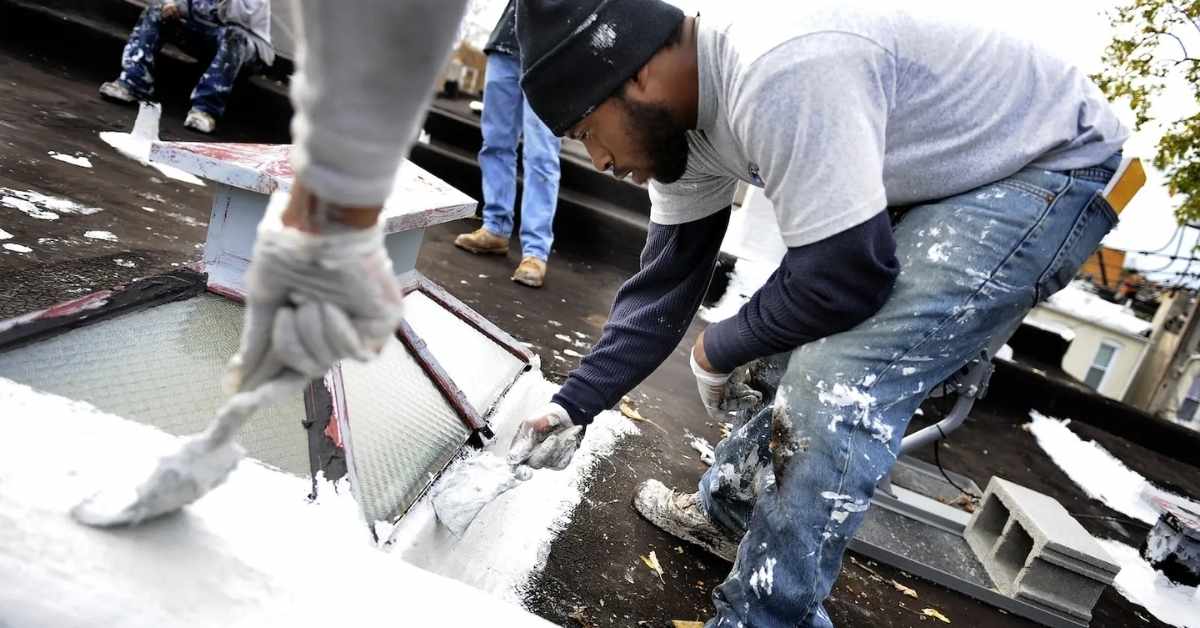From renewable energy capture to eco-friendly building power, industries of all kinds are working to develop innovative alternatives to technologies that have proven to be detrimental to the environment.
Construction materials are no exception.
The building sector is the second largest industry responsible for plastic consumption, and it’s responsible for more than a third of energy-related greenhouse gas emissions worldwide.
Standard construction materials — like steel, wood, and reinforced concrete — are major pollutants of air, land, and water, and contribute to issues like deforestation.
So it makes sense that the industry is looking to innovation — and timeless sustainable practices — to change the course.
In fact, materials derived from agro-industrial waste have become increasingly popular in the building sector, as researchers and engineers work to figure out ways to give life to what used to be considered waste.
Most recently, researchers from the Universidad Tecnológica de Panamá have published their findings on a new eco-friendly form of thermal insulation.
And let’s just say this: Anyone who says print journalism is dead might want to try recycling first.
Thermal insulation can be made from recycled materials.
Researchers in Panama have developed a rice husk-based insulation material and studied its thermal and mechanical properties with hopes of contributing to a new generation of building materials.
Their research, which was published in “Frontiers of Built Environment,” followed a four-ingredient recipe: shredded rice husks, recycled and shredded newspaper (which provided cellulose and structure), borax (to make the mix resistant against fungi and fire), and glue (to act as a bonding agent).
In Panama, rice husk is considered agricultural waste and is typically sent to landfills or incinerated. By repurposing it as insulation material, it creates a double layer of sustainability: removing agricultural waste from the environment and replacing eco-unfriendly building materials with something that already exists.
“Here we show that is possible to create alternative insulating material from recycled newspaper and rice husk,” Nacarí Marín Calvo, a researcher at the Universidad Tecnológica de Panamá, and the first author of the article, said in a statement.
“The developed material has competitive thermal conductivity compared to many natural and recycled insulation materials.”

The material was tested in various compositions. For example, the first mix was made from 14% newspaper, 9% rice husk, 15% borax, and 62% glue.
In following compositions, the amount of rice husk was increased, while the amount of newspaper was decreased.
The researchers used three mixtures to study the behavior of the ingredients, looking at thermal conductivity (the ability of the material to conduct heat), as well as the maximum stress and compression the material can withstand before breaking.
“We found that the results were similar in all three compositions in k-values [thermal conductivity], maximum stresses, and compressive strength values,” Marín Calvo said.
They also found that the material compared to the thermal conductivity and strength of traditional materials, like cardboard, cement, and sand, as well as other recycled insulation materials.
In summary, the rice husk-base material is a sustainable alternative and can be used to insulate environmentally-friendly buildings.
Researchers also believe the material could have a future in other industries, depending on other configurations of the ingredients to increase the material’s durability.
Marín Calvo added: “We can conclude that the material could also potentially be used in various engineering domains, including the production of lightweight components, construction panels, and sustainable packaging.”
Further research is still needed to implement this material widely.
While this discovery is cause for celebration, researchers also pointed out that they’d want to conduct more studies to confirm the material’s insulating properties in different climates.
Panama is known for its high humidity, and to use this material elsewhere, other tests would need to be done to see how the rice husk and newspaper blend would perform in other conditions.
“As a part of future research, we are evaluating the degradation of the developed material under ambient controlled conditions,” Marín Calvo said.
Regardless, it’s exciting to see these developments — and gives us some ideas about how the lifespan of our Goodnewspaper can be even more sustainable.
Header image courtesy of OJjnr (CC BY 4.0)



